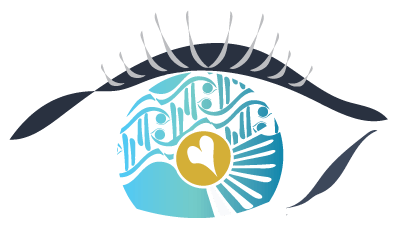Building Resilience: Harnessing Human Design for Personal Transformation
In Part 5 of our resilience series, we delved into the fascinating realm of Human Design, a system that unveils our unique energetic blueprints and empowers us to navigate life’s challenges with greater resilience. We discovered how understanding our individual Human Design types can provide invaluable insights into our strengths, weaknesses, and innate coping mechanisms.
In this concluding installment, we’ll explore how to actively apply Human Design principles to cultivate resilience and transform ourselves into thriving individuals, even in the face of adversity. By aligning our actions with our authentic selves, we can unlock a reservoir of inner strength and adaptability that enables us to bounce back from setbacks and emerge stronger.
Aligning Your Energy with Your Purpose
Human Design teaches us that each individual possesses a unique energy field that interacts with the world in specific ways. By understanding our type’s unique energetic profile, we can discover our natural strengths, potential challenges, and the environments that best support our well-being.
For instance, Generators, one of the five Human Design types, thrive in environments that provide consistent rhythm and structure. When they align their energy with their type’s purpose, they become unstoppable forces of productivity and innovation. Conversely, if they ignore their type’s needs, they may experience chronic fatigue and burnout.
Similarly, Projectors, another Human Design type, are designed to guide and direct others. When they operate from their authority, which is a unique inner knowing system, they become beacons of wisdom and inspiration. However, if they ignore their authority and attempt to force their energy, they may experience frustration and resentment.
Grab your Free Human Design and seek consultancy.
Embracing Impermanence and Adaptability
Life is a continuous flow of change, and resilience requires the ability to adapt to unforeseen circumstances. Human Design encourages us to embrace impermanence and approach challenges with a sense of curiosity and openness.
By understanding our type’s unique traits and how they respond to change, we can develop strategies to navigate transitions more effectively. For instance, Manifestors, known for their independent nature, may find it helpful to communicate their plans in advance to minimize resistance and potential conflicts.
On the other hand, Reflectors, characterized by their sensitivity to external influences, may benefit from taking extended periods of solitude to process information and make decisions. By honoring their type’s need for introspection, Reflectors can avoid overwhelm and emerge from challenging situations with renewed clarity.
Cultivating Self-Compassion and Self-Care
Resilience is not about suppressing emotions or pretending to be impervious to adversity. Instead, it’s about acknowledging and accepting our vulnerabilities, practicing self-compassion, and engaging in self-care practices that nurture our well-being.
Human Design encourages us to honor our type’s unique emotional expressions and find healthy ways to release pent-up emotions. For example, Emotional Generators, known for their intense emotional experiences, may benefit from journaling, creative expression, or spending time in nature to process their emotions constructively.
Similarly, Splenic Generators, characterized by their intuitive decision-making process, may find it helpful to engage in activities that stimulate their senses, such as listening to music, spending time in nature, or pursuing creative hobbies. These practices can help them connect with their inner wisdom and make decisions with greater clarity and confidence.
Conclusion: Embracing the Power of Human Design
Human Design offers a profound framework for understanding our unique energetic blueprints and harnessing our innate strengths to cultivate resilience. By aligning our actions with our type’s purpose, embracing impermanence, practicing self-compassion, and engaging in self-care, we can transform ourselves into thriving individuals, capable of navigating life’s challenges with grace and resilience.
As we conclude this resilience series, let us remember that resilience is not a fixed trait but a skill that can be cultivated and strengthened over time. By embracing the wisdom of Human Design and incorporating its principles into our daily lives, we can empower ourselves to thrive in the face of adversity and emerge from challenges as more resilient and self-assured individuals.


0 Comments